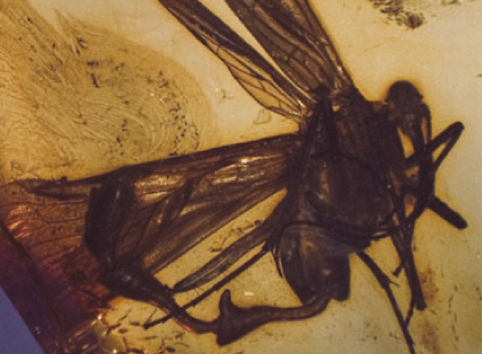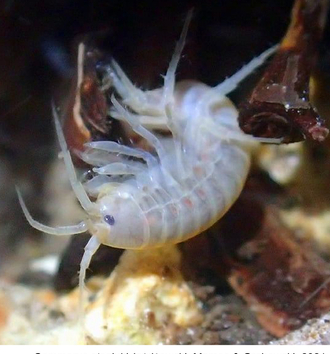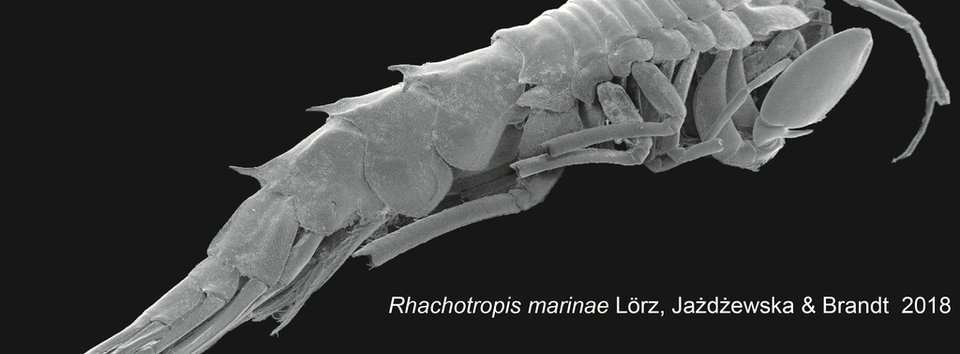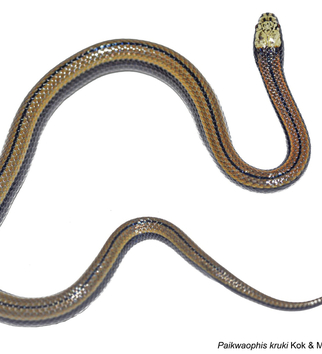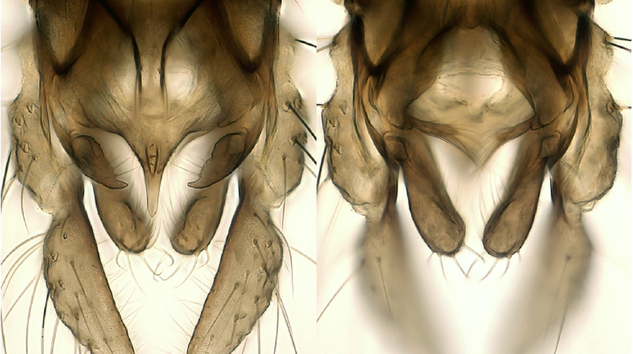Taxonomy sets out the principles and methods for classifying organisms. In particular, it deals with the creation and description of systematic units (taxa) incorporating them into already existing taxonomic categories.
Many people associate a taxonomist with a lonely scientist locked in their laboratory with books, studying dried preparations and using methods unchanged since Linnaeus, and in the end obtaining results that are not very useful to anyone. Nothing could be further from the truth! Let's debunk a few myths related to taxonomy..
Taxonomy is an outdated science
Indeed, the basis of a taxonomist's work is studying a collection of specimens to determine whether the organisms analysed by them have already been described or are new to science. A traditional microscope is essential in such work. But modern taxonomists also use the latest technological achievements, such as molecular methods, scanning electron microscopy (SEM), confocal laser scanning microscopy (CLSM), and even computed tomography (mirco CT). What's more, hand-drawn drawings are later redrawn on a graphics tablet, which many people who are not involved in science use to create their graphics.
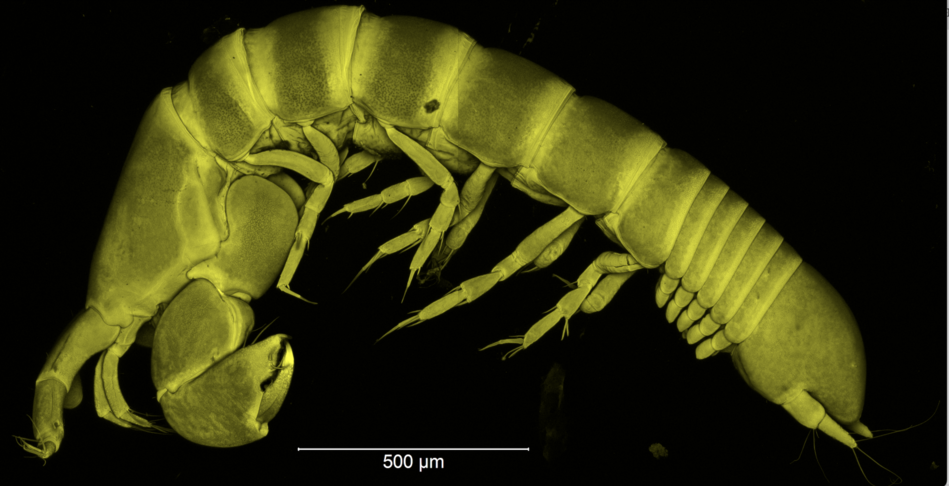
Taxonomy is not very exciting
This is completely untrue. A taxonomist can be compared to a detective in a sense, who has to connect various clues, check many threads. The work requires attention and concentration, searching through various publications (including very old ones) to finally answer the question: is this a new species or not? It is also exciting to feel that you are the first person (or one of the first) to have had the chance to see a given plant, animal or fungus. There is also considerable satisfaction in describing a new species and being able to come up with its name yourself.
A taxonomist spends time locked in the laboratory
Nothing could be further from the truth. A taxonomist must have material to work with. Although they often work on collections that have already been gathered, they often have to go on an expedition to collect additional specimens. Often, a taxonomist's work also requires the analysis of museum collections, and therefore, the need to travel to these institutions both in the country and abroad.
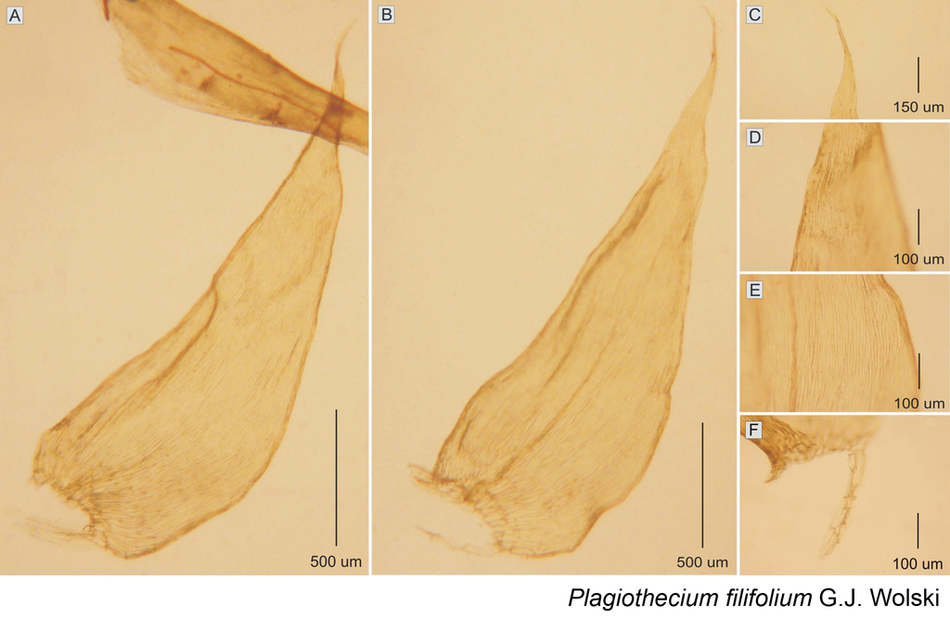
Taxonomy is like stamp collecting – for hobbyists, but not very useful
This is a very wrong belief because taxonomy is the basis of many other fields of biology, such as ecology, physiology, toxicology, behaviourism or environmental protection. Even closely related species may have different habitat requirements or react differently to unfavourable environmental factors. That is why it is so important to know, for example, whether we are really dealing with a single species when conducting toxicological tests. If we do not check this, it may turn out that the observations we make will not be of later use. Knowing and naming species is also extremely important in designating protected areas and promoting them in society. In order to convince people of the need to protect a given ecosystem, we must first get to know it and then present it in an understandable way. This is made possible thanks to describing and naming the species occurring in it. Let us consider who will take care of the fate of a species hidden only and exclusively under a poorly understandable alphanumeric code (e.g. Alfa sp. APG123456)? But when we know that the site of the Apollo butterfly or another already named species should be protected, no one will have any doubts about it.
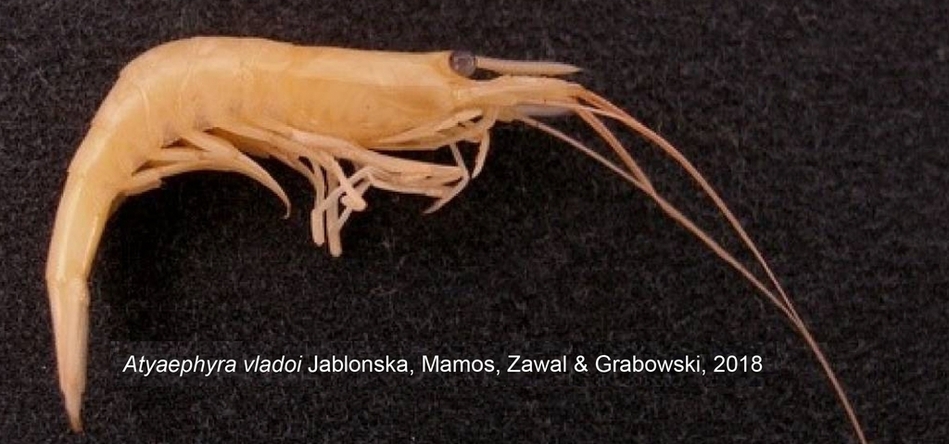
We have been conducting taxonomic research at the Faculty of Biology and Environmental Protection, University of Lodz, for many years. We have specialists dealing with the taxonomy of numerous groups of organisms (examples of species described by our employees are included in the gallery).
On the occasion of their Day, we wish them further extraordinary discoveries and satisfaction in bringing the unknown world of new species closer to society.
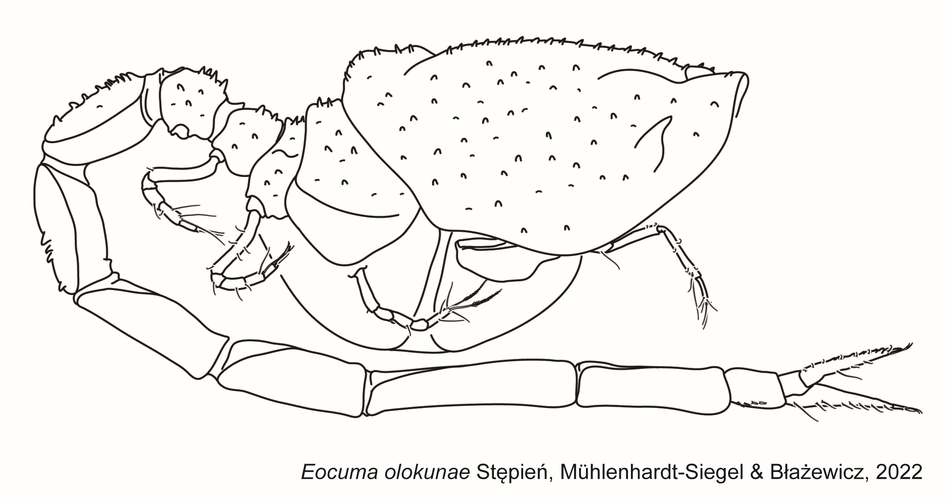
Source: dr hab. Anna Jażdżewska, Department of Invertebrate Zoology and Hydrobiology, Faculty of Biology and Environmental Protection, University of Lodz
Edit: Kamila Knol-Michałowska, Promotion Centre, Faculty of Biology and Environmental Protection, University of Lodz
Photos: Faculty of Biology and Environmental Protection, University of Lodz

